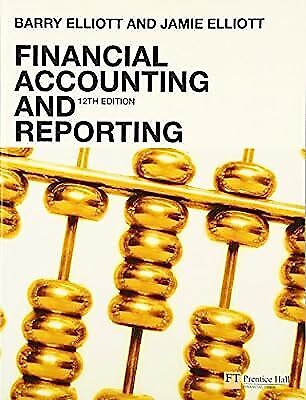Jason commenced with 135,000 cash. He acquired an established shop on 1 January 20X1. He agreed to
Question:
Jason commenced with £135,000 cash. He acquired an established shop on 1 January 20X1. He agreed to pay £130,000 for the fixed and current assets and the goodwill. The replacement cost of the shop premises was £100,000, stock £10,000 and debtors £4,000; the balance of the purchase price was for the goodwill. He paid legal costs of £5,000. No liabilities were taken over. Jason could have resold the business immediately for £135,000. Legal costs are to be expensed in 20X1.
Jason expected to draw £25,000 per year from the business for three years and to sell the shop at the end of 20X3 for £150,000.
At 31 December 20X1 the books showed the following tangible assets and liabilities:
Cost to the business before any He estimated that the net realisable drawings by Jason: values were:
£ £
Shop premises 100,000 85,000 Stock 15,500 20,000 Debtors 5,200 5,200 Cash 40,000 40,000 Creditors 5,000 5,000 Based on his experience of the first year’s trading, he revised his estimates and expected to draw
£35,000 per year for three years and sell the shop for £175,000 on 31 December 20X3.
Jason’s oppor tunity cost of capital was 20%.
Required:
(a) Calculate the following income figures for 20X1:
(i) accounting income;
(ii) income based on net realisable values;
(iii) economic income ex ante;
(iv) economic income ex post.
State any assumptions made.
(b) Evaluate each of the four income figures as indicators of performance in 20X1 and as a guide to decisions about the future.
Step by Step Answer:

Financial Accounting And Reporting
ISBN: 9780273712312
12th Edition
Authors: Barry Elliott, Jamie Elliott





